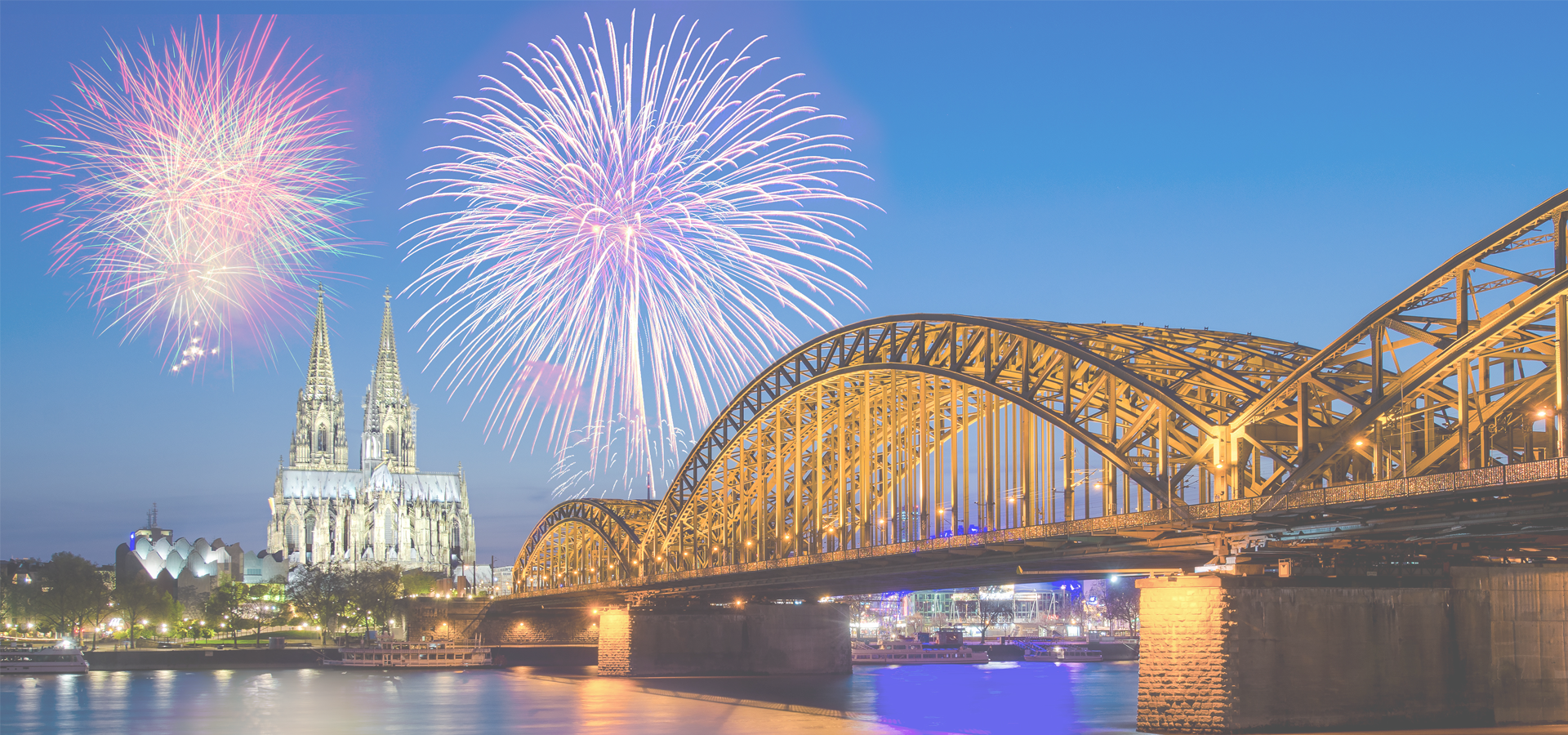Werne, North Rhine-Westphalia, Germany
🇩🇪 Werne an der Lippe is a town in the Federal state of North Rhine-Westphalia in the Unna district in Germany. It is located on the southern edge of the Münsterland region near the Ruhrgebiet.
History: Middle Ages and early modern period The first Bishop of Münster, Liudger established Werne as a parish by erecting a chapel in the southern parts of the Dreingau ("in pago dreginni"). He acted on orders of Charlemagne who, having finally brought the region under the fold of Francia following the conclusion of the Saxon Wars, was eager to press on with Christianization. The Latin text of the oldest preserved document ("in villa quae dicitur werina"), which dates from 834 and is being kept at the Leiden University Library, indicates that by this time a village had already formed around the chapel.
Traders and peasants continued to accrete throughout the next three centuries. At some point between the years 1192 and 1195, the regional bishopric established a customs agency at Werne and put the place under its direct jurisdiction. The year 1253 found Werne in an alliance (the "Werner Bund") with the cities of Münster, Dortmund, Soest and Lippstadt to defend transit and trading rights relating to a bridge over the Lippe river. In 1470 Werne became a member of the Hanseatic League. A town hall was built from 1512 to 1561.
The first moves towards a fortification of Werne date to 1302 when a trench was dug around the church; this was improved and extended to protect the entire settlement in 1383, two years before it received town privileges in 1385. After Adolph I, Duke of Cleves had burned Werne to the ground in 1400, the full fortification of the town commenced in 1415. However, this did not prevent occupation, looting and torching of the town on several occasions during the Thirty Years' War and of course it was no help at all against the Black Death, which killed 313 people (out of a population of about 1,000) in 1636 and 1637 while the war still raged. (Parts of the town wall and some of the towers were pulled down in 1779; the last town gate (the "Neutor") was demolished in 1843.)
The Peace of Westphalia, signed in 1648 at the nearby cities of Münster and Osnabrück, had essentially expelled Protestantism from the Werne region. From 1671 to 1673 the Order of Friars Minor Capuchin erected a monastery and, from 1677 to 1681, the Catholic Church. (The Martin Luther Church at the Wichernstraße dates from 1904).
From the Napoleonic time to industrialization Werne, which had come under the administration of Prussia in 1803 when the Prince-Bishopric of Münster had been dissolved, was attached to the Grand Duchy of Berg by Napoleon in 1806. The Congress of Vienna restored the town to Prussia which incorporated it with other territories into its Province of Westphalia. In 1831 was granted a degree of administrative independence under the Prussian municipal code of 1831.
In 1873 and 1874 the search for coal produced a brine thermal spring, and the Werne Baths were established in 1878. The actual coal mine did not commence operations before 1899; it was operated until 1975. Today the buildings of the "Zeche Werne" have been converted to public meeting places, or are part of a business park.
The railway line Münster-Werne-Dortmund was opened in 1928. It had taken a significant amount of lobbying to get Werne a railway station, which was totally refurbished in 2005.
History: World War II During the war, 471 citizens of Werne died and 500 more disappeared without trace. The town accommodated nearly 4,000 refugees.
Stages • Sylvan theatre Werne • Kolpinghaus Werne
Museums • Karl Pollender town museum
Europe/Berlin/North_Rhine-Westphalia

Werne has a population of over 32,000 people. Werne also forms part of the wider Unna District which has a population of over 393,618 people. Werne is situated near Unna.
Twin Towns, Sister Cities Werne has links with:
🇫🇷 Bailleul, France 🇩🇪 Kyritz, Germany 🏴 Lytham St Annes, England 🇮🇹 Poggibonsi, Italy 🇵🇱 Wałcz, Poland🏴 Abingdon-on-Thames 51.678
🇳🇱 s-Hertogenbosch 51.683
🇳🇱 's-Hertogenbosch 51.69
🇩🇪 Altenkirchen 7.645
🇩🇪 Südwestpfalz 7.672
Locations Near: Werne 7.61667,51.6667
🇩🇪 Bergkamen 7.633,51.617 d: 5.7
🇩🇪 Dortmund 7.467,51.51 d: 20.3
🇩🇪 Menden 7.793,51.436 d: 28.4
🇩🇪 Münster 7.629,51.961 d: 32.7
🇩🇪 Castrop-Rauxel 7.317,51.55 d: 24.4
Antipodal to: Werne -172.383,-51.667
🇹🇴 Nuku'alofa -175.216,-21.136 d: 16611.4
🇦🇸 Pago Pago -170.701,-14.279 d: 15855.1
🇼🇸 Apia -171.76,-13.833 d: 15807.8
🇵🇫 Papeete -149.566,-17.537 d: 15722.7
🇺🇸 Hilo -155.089,19.725 d: 11900
🇺🇸 Maui -156.446,20.72 d: 11817.5
🇺🇸 Maui County -156.617,20.868 d: 11804.5
🇺🇸 Wailuku -156.505,20.894 d: 11799.6